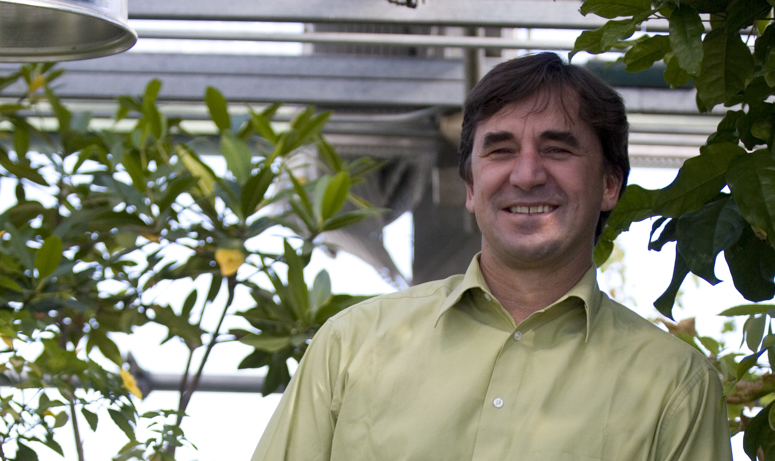
For decades, Smithsonian scientists like Stuart Davies have ventured into the heart of forests around the globe, finding within these ecosystems a wealth of opportunities to study how species adapt to an ever-changing planet.
Dr. Davies, a native of Australia, first became interested in tropical biodiversity 24 years ago, while working in the forests of Southeast Asia during his graduate studies at Harvard. He has been conducting research in tropical rainforests ever since.
In 2005, Davies accepted the directorship of the Smithsonian’s Forest Global Earth Observatory (ForestGEO). Comprising 60 forest plots in 24 countries and more than 100 partner organizations, ForestGEO is a key Smithsonian initiative for studying diversity and adaptability. ForestGEO expands the Smithsonian’s Center for Tropical Forest Science (CTFS), which was founded in 1990 to pursue fundamental questions of forest diversity and resilience. The combined ForestGEO/CTFS program continues the CTFS research on tropical forest dynamics and expands it to temperate forests and a broader range of scientific initiatives—including the impacts of climate change on biodiversity and forest function.
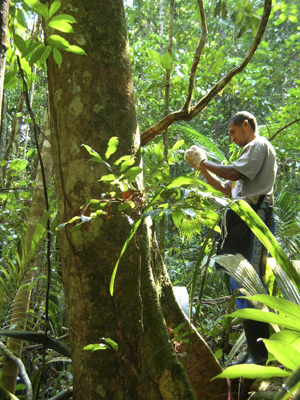
“The concept behind ForestGEO is to use identical standardized methodology to monitor each of our research plots, and thereby understand the dynamics of forests worldwide,” says Davies. Within each 25 to 50 hectare plot (approximately 75 to 150 acres), scientists measure and identify every single stem bigger than about a centimeter in diameter. “It’s a protocol unprecedented in our field,” Davies continues, “and it equates to over five-and-a-half million individual living trees and over 10,000 species—roughly 20 percent of the world’s tree diversity.”
Currently, Davies and his team are using DNA barcoding to build a library of as many species in the network as possible. This allows them to describe species diversity in a way impossible until now and that could ultimately lead to a fuller understanding of the fundamental questions of biodiversity research: how many species are there, where do they live, how do they vary from place to place, and why are some forests considerably richer in species diversity than others? DNA barcoding is also an invaluable tool for monitoring infectious diseases and protecting endangered species.
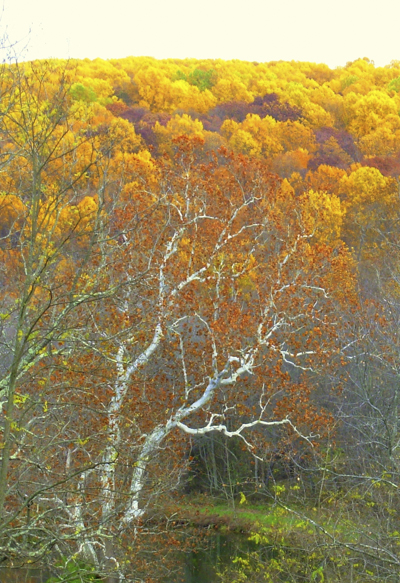
ForestGEO scientists are also working to understand the impact of climate change on our forests, including the key role our planet’s trees play in the global water and carbon cycle. “Very simply, plants consume carbon dioxide for food,” says Davies. “We are trying to better understand how our forests will respond as atmospheric concentrations of carbon dioxide from fossil fuels continue to increase. Will they consume additional CO2 and help buffer the impacts of global warming? Or, in a worst-case scenario, will they slow their CO2 consumption, which will increase the rate of warming? We don’t know—it’s the top issue in forest science at the moment.”
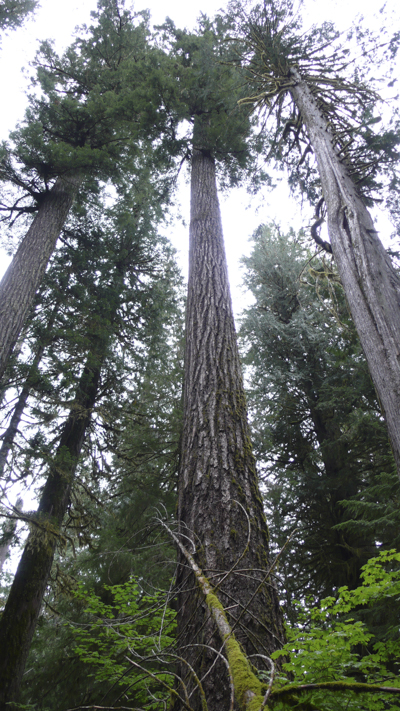
The emerging science of genomics could prove critical to these climate change studies. “We have a poor understanding of why some trees are more tolerant of drought, temperature fluctuations, or flooding,” says Davies. “But we do know it’s written in their genes—they have genes that enable them to react positively or negatively to stresses. And as we try to understand the dynamics of climate change and of ecosystem stresses, genomics will be invaluable in helping us build better models of the responsiveness of forests to change.”
Already, Smithsonian leadership in bioinformatics is enabling ForestGEO scientists and its partners from around the world to better use the large amounts of data generated by their projects. “We’re sequencing 2,500 soil samples from our plot at Barro Colorado in Panama,” says Davies, “and we’re expecting five to fifty thousand bacterial sequences in each sample. That’s a huge number, but these organisms have critical functions: they cycle nitrogen, they cycle carbon, all of which can impact climate. And that is all based on their genomic architecture.”
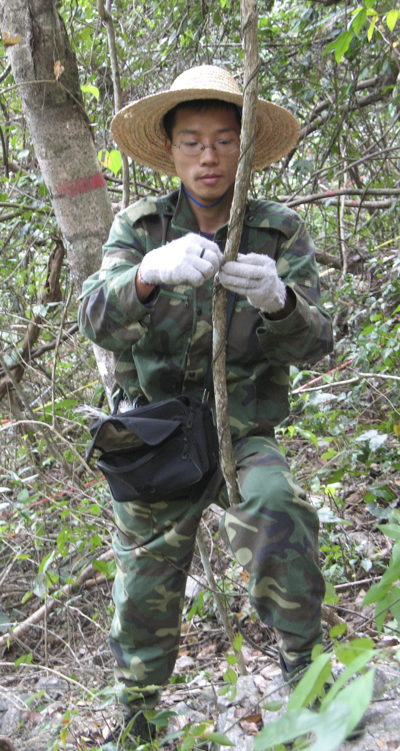
Davies believes that the Smithsonian is poised to be a leader in biogenomics science and technology. “There are people doing potato genomics and rice genomics and corn genomics—learning about individual species—and that’s invaluable,” he says. “But we are the people doing biodiversity genomics in the field. We take those tools that have already been developed and apply them to whole forest communities to figure out how ecosystems work—and how they impact and benefit humanity. That’s a real challenge, but one that is part of the future of our program, and one that is critical to the future sustainable use of the world’s natural resources.”
